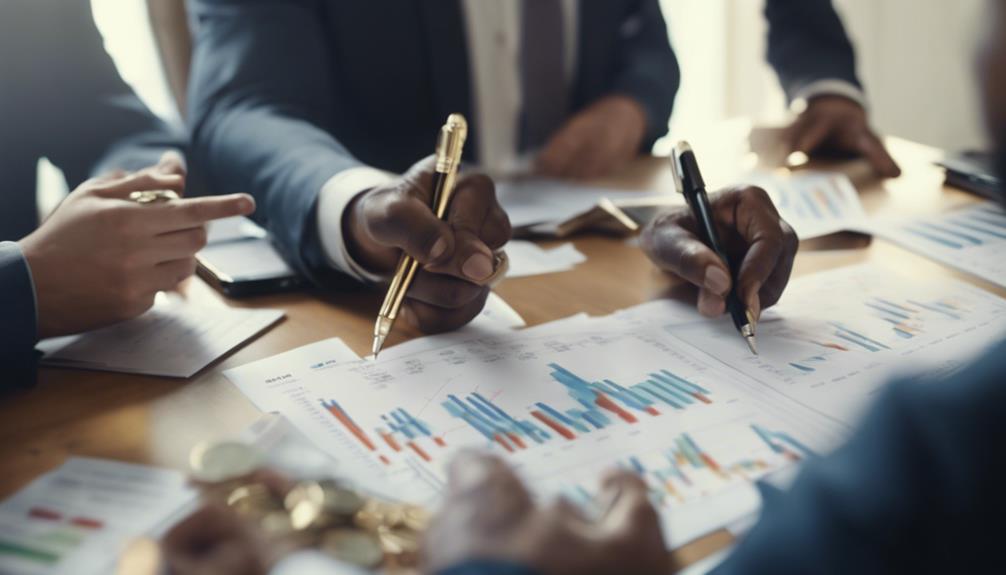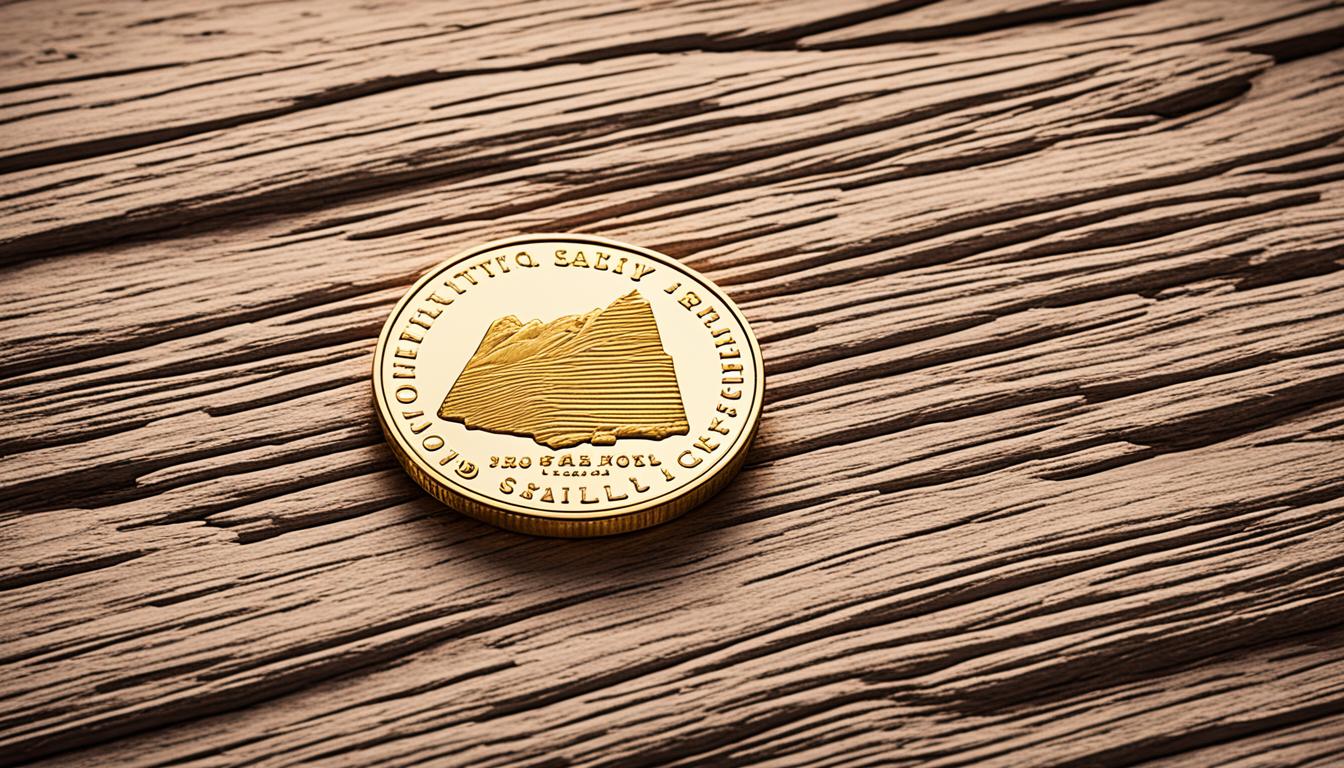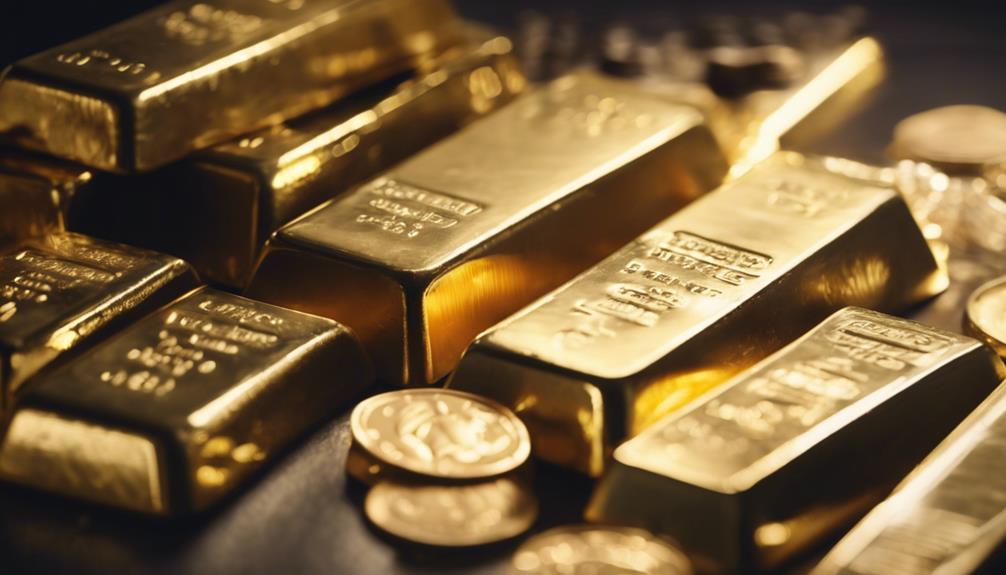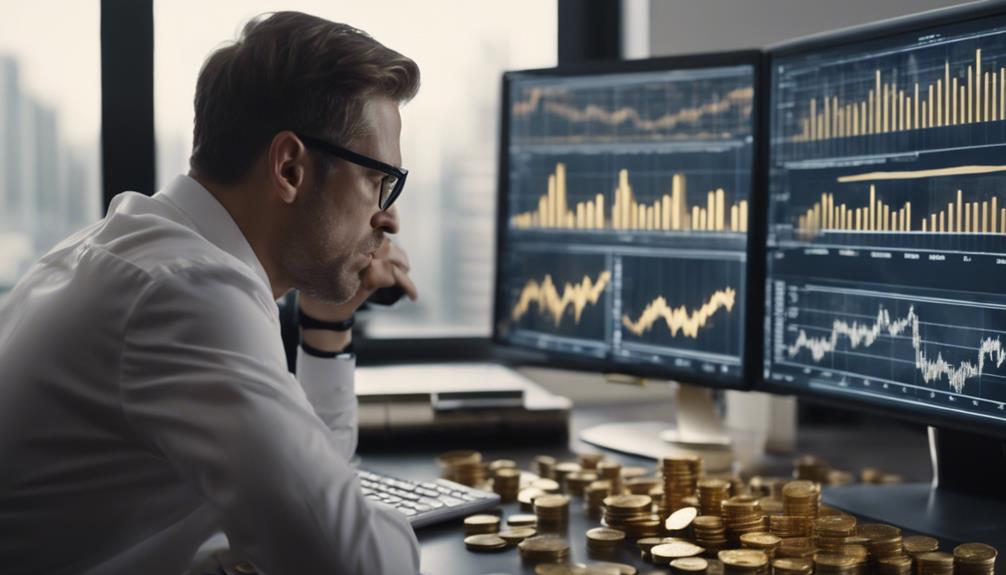Precious metals like gold and silver are essential tools for diversifying your retirement portfolio and protecting against economic uncertainty. Most investors allocate a small percentage—around 8-12%—to metals, with silver offering industrial demand growth. Gold acts as a safe haven during turbulence, providing stability and inflation protection. Experts suggest increasing silver holdings by 2025 due to supply deficits. To understand how incorporating these metals can strengthen your future, explore further insights on their strategic role in retirement planning.
Key Takeaways
- Including precious metals like gold and silver enhances diversification and can reduce overall portfolio risk.
- Gold acts as a safe haven asset, protecting portfolios during economic and geopolitical turmoil.
- Silver offers industrial growth potential alongside its precious metal qualities, increasing its strategic value.
- Experts recommend allocating 4-15% of retirement portfolios to precious metals, depending on risk tolerance.
- Historical data shows adding gold improves long-term returns and portfolio stability during market fluctuations.

Are you contemplating how to strengthen your retirement portfolio? If so, adding precious metals like gold and silver can be a strategic move. Their roles vary depending on your risk tolerance and investment goals. Conservative investors generally allocate about 8-12% of their portfolios to precious metals, with silver making up roughly 2-4%. Balanced investors might aim for 10-15%, with 5-8% dedicated to silver. Aggressive investors often allocate 15-25%, with 10-15% specifically to silver, seeking higher growth potential. Experts like Oxford Economics suggest a 4-6% allocation to silver based on risk-adjusted returns, emphasizing its role as a hedge against economic uncertainty. Many analysts recommend increasing silver holdings to around 10-15% in 2025, driven by supply deficits and rising industrial demand.
Gold has gained remarkable attention lately, reaching record highs above $3,500 per ounce in 2025, with a year-to-date increase of nearly 28%. Central banks are purchasing over 1,000 tonnes annually, signaling strong institutional confidence. Gold’s value lies in its ability to provide portfolio protection amid economic and geopolitical turbulence. It’s seen as a safe haven when markets fluctuate or geopolitical tensions rise. Forecasts suggest gold could reach $3,700 per ounce by the end of 2025, further underscoring its potential as a stable asset. Incorporating gold into your retirement plan through IRAs offers notable tax advantages and diversification benefits that traditional assets alone often lack.
Gold soars past $3,500 in 2025, with forecasts reaching $3,700, solidifying its role as a safe haven and portfolio stabilizer.
Historical data supports gold’s positive impact on portfolio growth and stability. From 1972 to 2015, portfolios including gold averaged an annual return of about 8.5%. When you add a modest 25% gold allocation, conservative portfolios saw their returns increase from 7.38% to nearly 8%, while volatility decreased. Gold proved its resilience during both bullish and bearish market years, outperforming many traditional assets and enhancing long-term growth potential. Including physical gold in retirement accounts can diversify your holdings, reduce overall risk, and provide some protection against inflation and market downturns. The demand for gold continues to be fueled by global economic uncertainties and inflation fears. Additionally, understanding sound design principles and market trends can help investors better grasp the dynamics that influence precious metals.
Market factors like the rising U.S. national debt, recent bank failures, and inflation concerns continue to drive demand for precious metals. Geopolitical tensions and central bank gold acquisitions further reinforce their status as safe havens. Silver, in particular, offers unique appeal because it’s both a precious and industrial metal, which can increase demand further. While many recommend lower allocations to silver than gold, its industrial demand could provide additional growth opportunities in your retirement portfolio. Overall, integrating precious metals can serve as a crucial component of a resilient, diversified retirement strategy—especially during uncertain economic times.
Frequently Asked Questions
How Do Precious Metals Impact Overall Portfolio Diversification?
You see, precious metals impact your portfolio diversification by offering low or negative correlation with stocks and bonds. This means they can act as a hedge during downturns, like the 2008 crisis, stabilizing your investments. Including a basket of metals, such as gold, silver, and platinum, spreads risk further. Their unique responses to economic changes help reduce overall volatility, making your portfolio more resilient during turbulent times.
What Are the Tax Implications of Investing in Precious Metals?
When you invest in precious metals, you face specific tax rules. Gains from collectibles held over a year are taxed at a higher long-term rate of up to 28%, while short-term gains are taxed as ordinary income. If you hold metals in an IRA, you benefit from tax deferral, but taking physical possession before retirement triggers taxes and penalties. Always guarantee your investments meet IRS standards to avoid disqualification.
Which Precious Metals Are Most Suitable for Retirement Investments?
When choosing metals for retirement, you should focus on gold, silver, platinum, and palladium, as each offers unique benefits. Gold remains the most stable and liquid, ideal for preservation. Silver is affordable and adds growth potential, while platinum and palladium diversify your portfolio with industrial demand. Prioritize IRS-approved purity standards, secure storage, and reputable providers like Augusta and Noble Gold to guarantee a smart, risk-managed investment.
How Liquid Are Precious Metals in a Financial Crisis?
They say “a bird in the hand is worth two in the bush,” and during a financial crisis, precious metals can feel like those elusive birds. You might find gold and silver are less liquid than usual, with sharp price drops and limited immediate convertibility. Forced selling and market stress can create temporary liquidity gaps, making it harder to turn your holdings into cash quickly without losses, especially in severe downturns.
What Are the Costs Associated With Purchasing and Storing Precious Metals?
When you buy and store precious metals, expect to pay setup fees that range from $50 to $300. You’ll also face premiums over spot prices, dealer markups, and storage costs that can add up to several hundred dollars annually. Additionally, administrative fees and transaction costs during buying or selling can impact your investment. These expenses can reduce your overall returns, so it’s essential to factor them into your retirement planning.
Conclusion
Incorporating precious metals into your retirement portfolio can diversify your investments and hedge against inflation. Did you know that during the 2008 financial crisis, gold prices surged over 25%, highlighting its role as a safe haven? While metals shouldn’t be your only strategy, including a small allocation can provide stability during turbulent times. Stay informed, balance your assets wisely, and you’ll be better prepared for whatever the future holds.











